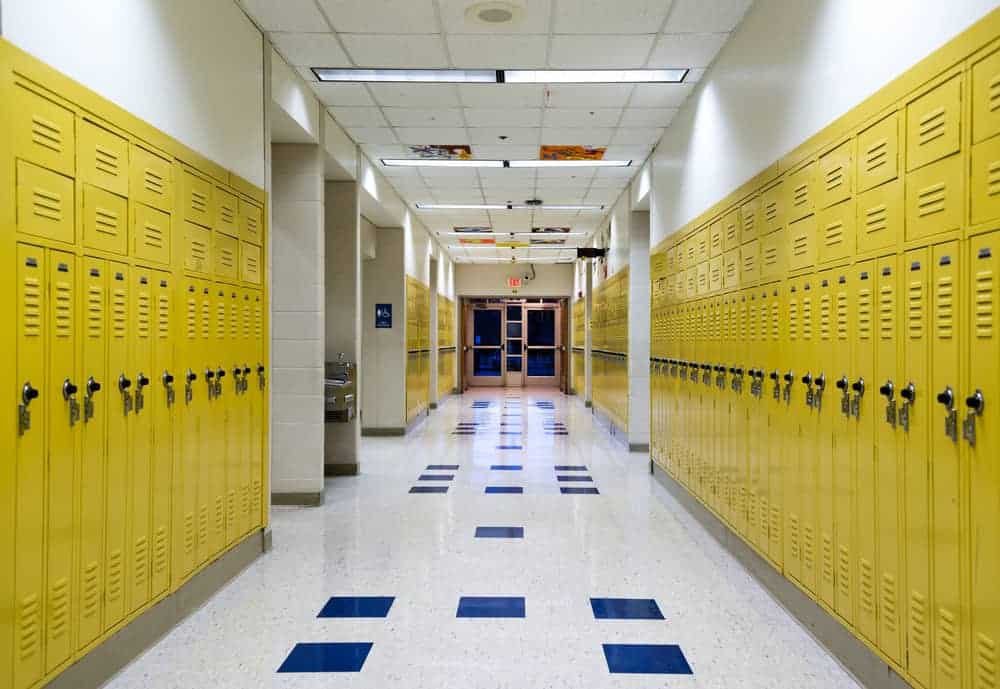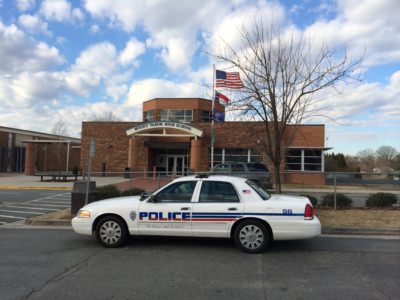This past November, I huddled outside Carrboro Elementary with a group of other terrified parents after being notified of an alleged shooter near the school. We eventually were able to hold and hug our children — the call the police received had been a hoax. My first grader’s teachers knew exactly how to respond: what to say to keep her calm, where to tell her to go to be safe. The lockdown — this terrible mainstay of post-Sandy Hook contemporary life — was bearable only because our school’s teachers and administrators displayed courage, wisdom, and leadership.
Unfortunately, courage, wisdom, and leadership are nowhere to be found in the recently-released report from the House Select Committee on School Safety.
Formed by the state House leadership in the wake of the Parkland, Florida shooting, the committee toured the state in 2018. It solicited input from educators, mental health professionals, and law enforcement officials, presumably with the goal of preventing more gun violence against students. The issue is urgent: in October, a Charlotte-Mecklenburg high school student was shot and killed in school. Nationwide, 2018 was the deadliest year on record for gun violence in schools.
Yet the contents of the committee report suggest that its Republican drafters believe that their job is merely to manage — rather than to prevent — school shootings. Instead of sound policy and evidence-based practices, the report contains recommendations that reflect a misguided view of students and a dystopian vision of the schools they attend.
Consider Recommendation 2, which urges a civics curriculum in each grade that focuses on citizenship, courtesy, and deference to school administrators. Of course, nothing is inherently objectionable about civic responsibility. But emphasizing it in a report ostensibly about school safety, in a year in which so many students died from gun violence, is a slap in the face to the teachers, students, and parents across the state who have demanded and deserve serious-minded solutions.
The report also calls for funding for more school resource officers (SROs). Over the last two decades, the number of SROs has skyrocketed. While tools of surveillance and criminalization may have an intuitive appeal, SROs have not been definitely shown to improve safety. In fact, school shootings frequently occur in schools with SROs.
Most troubling of all is Recommendation 3, which urges legislation requiring that students receive first-aid instruction “on the immediate response to bleeding, how to recognize life threatening bleeding, and appropriate ways to stop the bleeding.” Tying tourniquets and applying quick clot bandages: no longer, apparently, the exclusive province of paramedics and other first responders, but tasks kindergartners must master.
If you search the report for any reference to the actual cause of the bleeding, you will find yourself woefully disappointed. Committee members decided to avoid discussion of even modest firearm regulations, such as universal background checks or “red flag” laws that allow police seizure of firearms upon a judicial finding that a particular gun owner is dangerous. Instead, the House Select Committee has shouldered youngsters with the job of keeping themselves — and their peers — alive.
What should the General Assembly do to keep students safe? Along with enacting gun-control laws, the legislature should commit to supporting student well-being both in and out of school. Experts have demonstrated the connection between safety and a positive school climate. In such a climate, students view teachers as fair and even-handed in the administration of discipline; they feel welcomed by administrators and included in the life of the school. Creating positive school climate across the state demands funding. Classes must be small enough that students cannot get lost. Teachers must not be so overwhelmed by high class size and inadequate levels of support from teaching assistants that they respond overly harshly to normative misbehavior, or miss signs of distress or conflict between students. And troubled students must know and feel comfortable with a fully-funded mental-health staff of guidance counselors and social workers
Ultimately, of course, no school is an island. Students bring with them a host of problems — including trauma, anxiety, and substance abuse issues — to class each day. Even the most generously funded schools cannot address these myriad issues alone. High quality, community-based mental-health services are essential. Yet these services are not broadly available, and low-income students cannot access the ones that exist because of the legislature’s ongoing refusal to expand Medicaid.
North Carolinians are looking to Raleigh for actual solutions to the scourge of gun violence affecting young people. Unfortunately, this report misses the mark.



